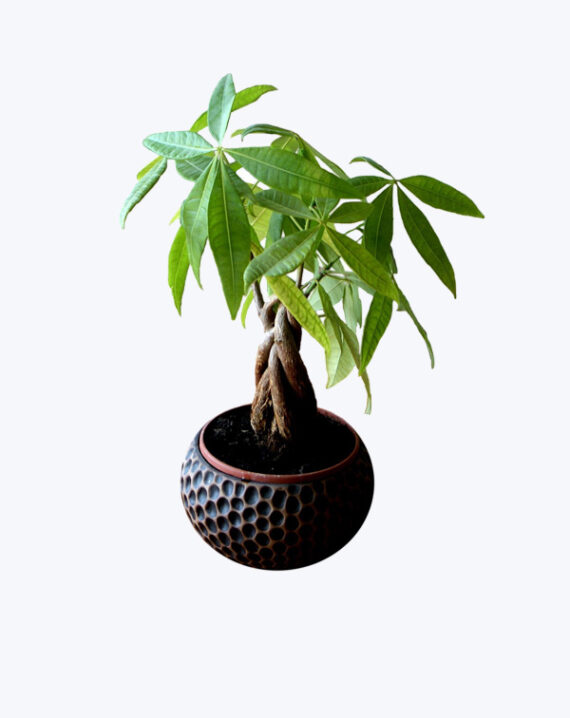Welcome to Beeplants
Size
Ultimate height
150
Ultimate spread
100 cm
Growing conditions
Well-drained soil
| Stem | Flower | Foliage | Fruit | |
| Spring | ||||
|---|---|---|---|---|
| Summer |

White / lilac
|

Green
|
||
| Autumn | ||||
| Winter |
Position
 Full sun
Full sun Partial Shade
Partial Shade
Botanical details
WildLife
nectar rich flowers attract bees
Additional information
self-seeding and ideal for wild areas
Suitable for containers
Yes
Drought tolerant
No
Clump-forming herbaceous perennial with pea-like white and lilac flowers that appear from mid summer. The plant tolerates poor soil and partial shade, but will grow more vigorously in full sun.
Related products
This evergreen perennial stands out because of it’s unusual look with its sturdy flower stems that are covered in whorls of pale yellow hooded flowers. After flowering these turn into architectural seedheads that give interest to your border in the bleak winter months and offer shelter for small insects.
The flat flower heads of Achilleas are great for insects to land on and attract many pollinators, especially hoverflies. This variety is best grown in full sun and well-draining soil and looks great in the middle of a garden border. Division every three to five years will rejuvinate the plant.
Gaillardia “Arizona Apricot” is a compact perennial that grows up to 30cm high and bears large, daisy-like flowers in shades of orange and apricot from early summer. This plant can cope well in drought.
Unique looking spiky cones of cream-coloured flowers appear in early spring. Suitable for large pots and garden borders or gravel gardens.
This lovely cottage garden plant has spikes of purple-eyed white flowers that shoot up from glossy dark evergreen foliage. Flowers emerge from early summer and bloom right the way until early autumn. This plant is a biennial, so avoid cutting back spent flowers to allow them to self-seed.









Reviews
There are no reviews yet.